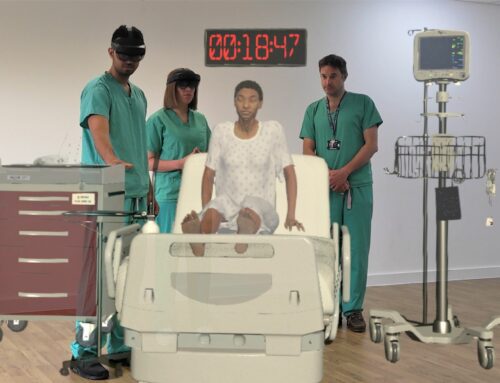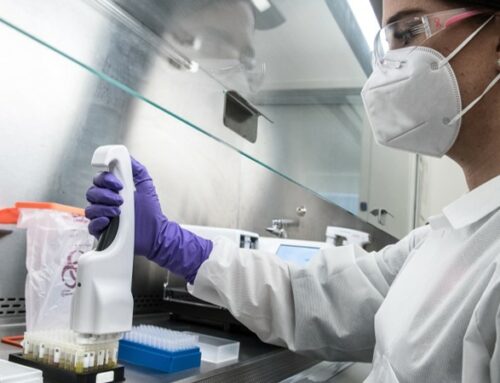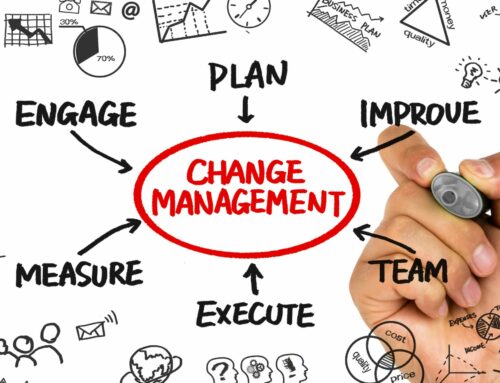By Bhavdeep Singh, CEO at HealthQuarters
A few years back, when I was working in the consumer goods/retail space, I got a call from a recruiter from a large healthcare system. I was told they were looking to fill an executive leadership role and needed someone who understood a multi-unit environment and brand customer service. I told them they had the wrong person because I didn’t work in healthcare.
Little did I know, my life was about to change.
As I transitioned into my new career, I came to realize that the two industries, retail and healthcare, actually have a great deal in common. On multiple levels, many of the core components are remarkably similar: quality, experience, outcome, care, infrastructure, and price.
However, the similarities are only to a certain extent; while retail is about buying and consuming, healthcare is about making very personal decisions that impact our health. The broad goal of any healthcare eco-system is to help put people at the center of their care and in the current environment, that may very well be more relevant than ever before. The pandemic has really opened our minds to how the patient experience must be refined and improved. With that said, here are some things to consider in this new highly “aware” healthcare environment.
Why is now the time to redefine the healthcare delivery experience?
To understand how we must redefine the healthcare delivery experience, we must first understand the current status of the healthcare environment. What does it look like today? And while our doctors are getting better and better with more advances in medicine, you must ask yourself why the broad patient experience remains relatively unchanged over the last 10-20 years?
If you think about it, nearly everything we do now is different from how we did it just five or ten years ago. How we shop, how we travel, and even how we communicate has changed. But, oddly enough, a visit to the doctor’s office remains relatively unchanged.
Part of why this experience hasn’t changed is the widespread assumption that it couldn’t be changed.
This assumption has led to a fixed infrastructure around providers and patient-facing environments and while that doesn’t mean its bad (it’s not), the truth is that, like everything else in life, perhaps, can be better
The impact of Covid on our healthcare expectations
Over the past 17 months, it’s clear that Covid has brought a heightened sense of awareness around our health and wellbeing.
It’s safe to say that before Covid, the majority of Americans had a reactive relationship with healthcare: we went to the doctor when we were sick or needed urgent care. And there is nothing wrong with that. But during the pandemic, many of us have started thinking about our immunity and underlying conditions like obesity, hypertension, and other comorbidities that can potentially increase our risk of severe illness. In other words, we were forced to think proactively about our health.
As a result, more and more Americans are starting to approach our health the same way we approach our investments or careers. As you might imagine, this is slowly building the demand for a care delivery system that prioritizes preventive and whole-body care.
Addressing all patient needs in one space
Many practitioners have long worked to help their patients think proactively about their health. But the infrastructure supporting them hasn’t always supported this model.
The future of care is a collaborative environment where wellness practitioners and clinical providers are encouraged to work together on their patient’s care. We know that today, more and more patients are thinking of their healthcare as an expansive experience, a thoughtful mix of providers that include everything from primary care, specialty clinical care as other wellness providers like acupuncture, physical therapy, nutrition support, and more.
Patients also want to feel supported. Telehealth has brought care to our living rooms and as a result, we have begun to expect an environment that’s warm, comfortable, and inviting. We understand the reality that no one really wants to go to the doctor’s office. But by building a safe environment, it’s possible to put patients at ease (just a bit anyway) —both physically and mentally.
Why the world needs companies that focus on bringing care under one roof
The truth is, we don’t always recognize our unarticulated needs. Familiarity can be comforting, but innovations improve lives.
We could keep delivering healthcare the way we have been for the past fifty years. However, with more people living longer lives, with medicine changing at a faster pace than ever before, and with our emergence from a global pandemic, we all need a partner who’s looking out for our collective health.












